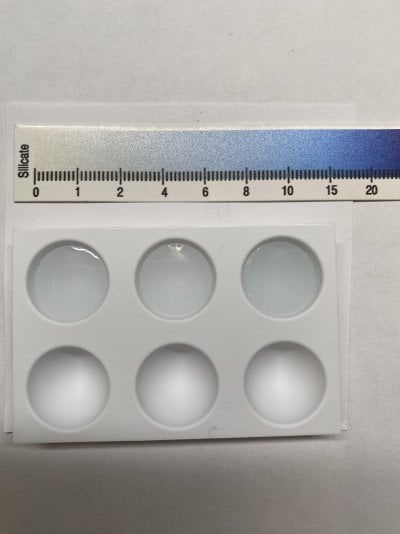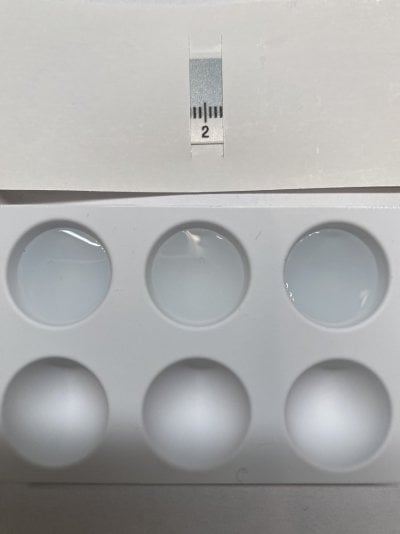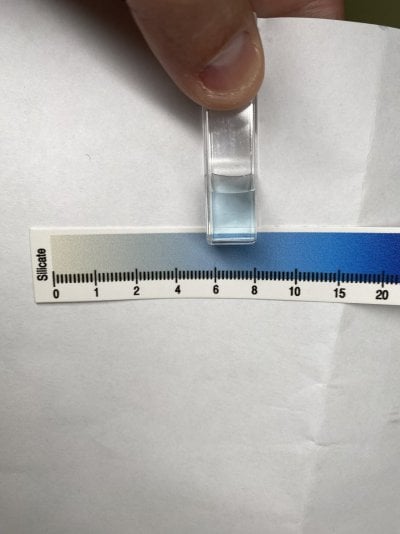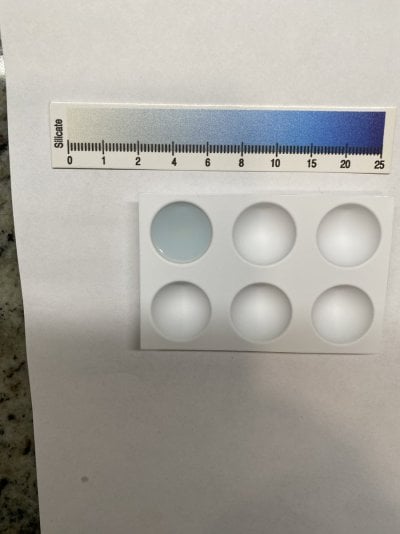So I can’t find my kids scope and hoping my wife knows where it is. Test kits arrive Monday. Lights still off but I can see the brownish tinge to the water now and the brown on the sand is darker. Will it make it worse to stir it up to try and run through the filter socks? Should I do another water change or leave be? I’d run down and get RO from Wjole Foods like I previously was and had no issues. Or I could buy the NutriSea Water from LFS?
Was looking at the BRS upgrade kit to make this 6 stage and of course they are out of stock.
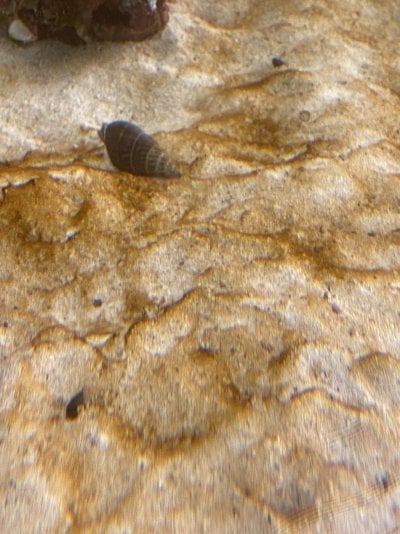
Was looking at the BRS upgrade kit to make this 6 stage and of course they are out of stock.





